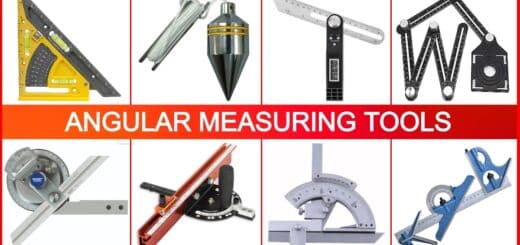26 Plasterers Equipment and Their Uses [Complete Guide]
![26 Plasterers Equipment and Their Uses [Complete Guide]](https://engineeringlearn.com/wp-content/uploads/2023/04/Plasterers-Equipment-1024x539.jpg)
Introduction
26 Plasterers Equipment and Their Uses [Complete Guide]: – Plaster might be characterized as Lean Mortar utilized for the most part for covering masonry surfaces. They are lean mixes of binding materials (Lime or Concrete) with fillers material, for example, Sand or crushed stones and the most common way of covering surfaces with plaster is called plastering. Plasters are applied to act as a thick defensive coating on walls and metal surfaces. It very well may be very simple to get confused by what you do and don’t require, on the grounds that there are such countless tools out there to choose from, in this way, first and foremost, it’s a good idea to start with the basics and build your kit up as you go.
What is Plastering?
The process which is used to produce a satisfactory final wall or roof finish to a building preceding decoration is known as plastering. In spite of the fact that plasters can be projected onto walls with pumps or siphons and one-coat plasters are available, the most elegant work really applied by the plasterer using hand tools in 3 coats involving a scratch coat to even out suction, a float coat to give an even surface and a completion tool to invest a smooth completion. Knowing which plasterer devices to put resources into can be precarious.
The key tasks you’ll endeavor and ensure you have the significant tools for plastering is one of the essential things you need to recommended to the plasterer. All things considered, you’ll be working close by others who will have their own set of tools, so purchasing a full tool kit probably won’t be needed at this stage.
Types of Plasterers Equipment / Types of Plasterers Tools
These are the fundamental plastering tools for novice plasterer. You will ultimately require parts all the more however this is the essential rundown of tools you will want to start plastering Let’s find out what every one of those equipment’s and explore various choices accessible.
1. Pointing Trowel: ( Plasterers Equipment )
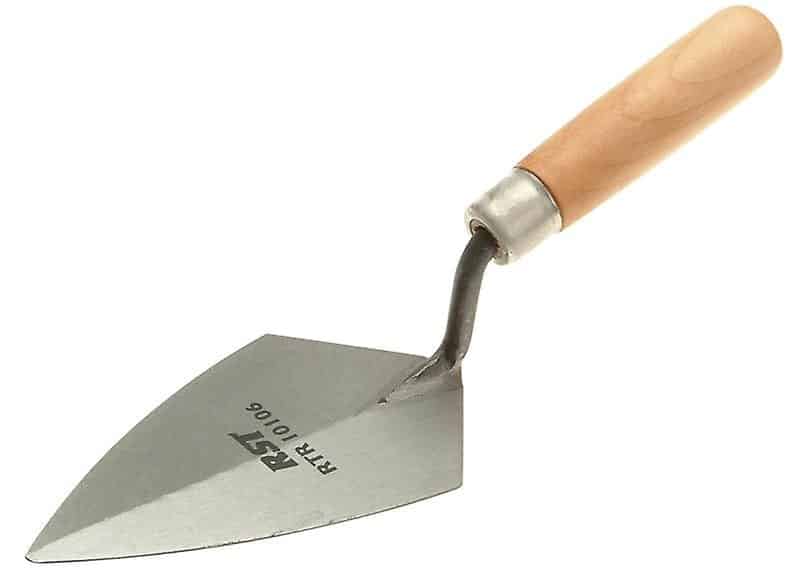
A plasterer utilizes a pointing trowel for trimming small areas that required additional consideration. They are normally between 5-6 inches (12-15cm) long. The pointing trowel gets its name due to the activity it permits the user to complete called ‘pointing’. At first, they are designed for builders to fill and shape in the middle between blocks, the pointing trowel has been adapted by plasterers toward intricately trimmed and shape mortar.
2. Corner Trowel: ( Plasterers Equipment )
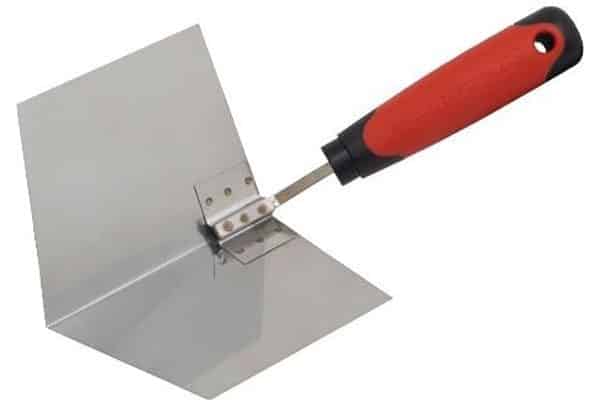
To finish the inner and external corners of a surface with accuracy and ease, corner trowels are the best option for you. A plasterers nature of work is normally decided on how smooth the completion is despite how well the corners of the surface are sealed or fixed. A corner trowel is a high-priority tool for a plasterer to ensure or guarantee a smooth fill-in to each edge of the surface.
3. Window Trowel: ( Plasterers Equipment )
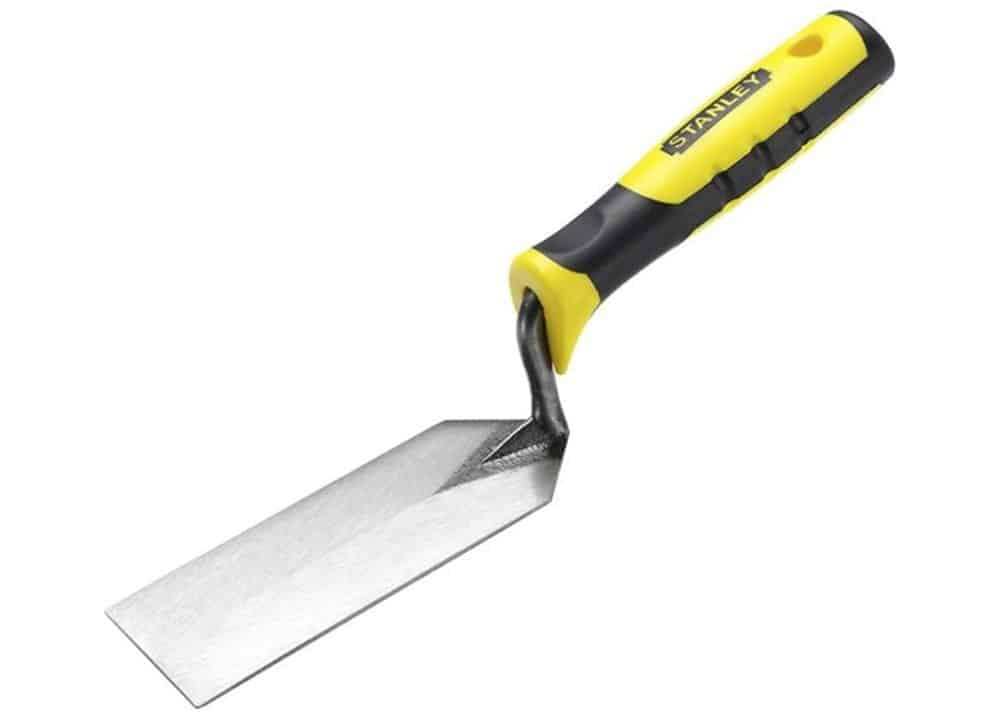
A plasterer would reach for his window trowel when he is unable to use a large trowel. It has a smaller face which provides you better control while plastering in tight spaces. The window trowel is otherwise called a tuck pointer or ‘joint filler’. Its design of a long thin shank provides plasterers the ability to precisely level plaster over precarious joints and in difficult-to-reach places.
4. Finishing Trowel: ( Plasterers Equipment )

The plasterer’s one of essential tools is the finishing trowel. A wide, level, rectangular blade permits you to spread, smooth, and level your plaster. You will utilize this tool a lot, so invest in a decent-quality one with a comfortable grip. Top-quality trowels are not welded through and are imperceptibly convexed.
5. Hand-Board (Hawk): ( Plasterers Equipment )

A Hawk is a straightforward portable surface that provides you with a flat plate on which to store a limited amount of plaster material for simplicity of use on walls and roofs. This can assist with accelerating work by allowing plasterers to finish sections without having to constantly get back to any place the blended plaster is put away. This is especially helpful while trying to show up at areas as it allows for high walls or roof corners to be plastered in one go to ensure or guarantee the quality of completion.
6. Straight Edge: ( Plasterers Equipment )
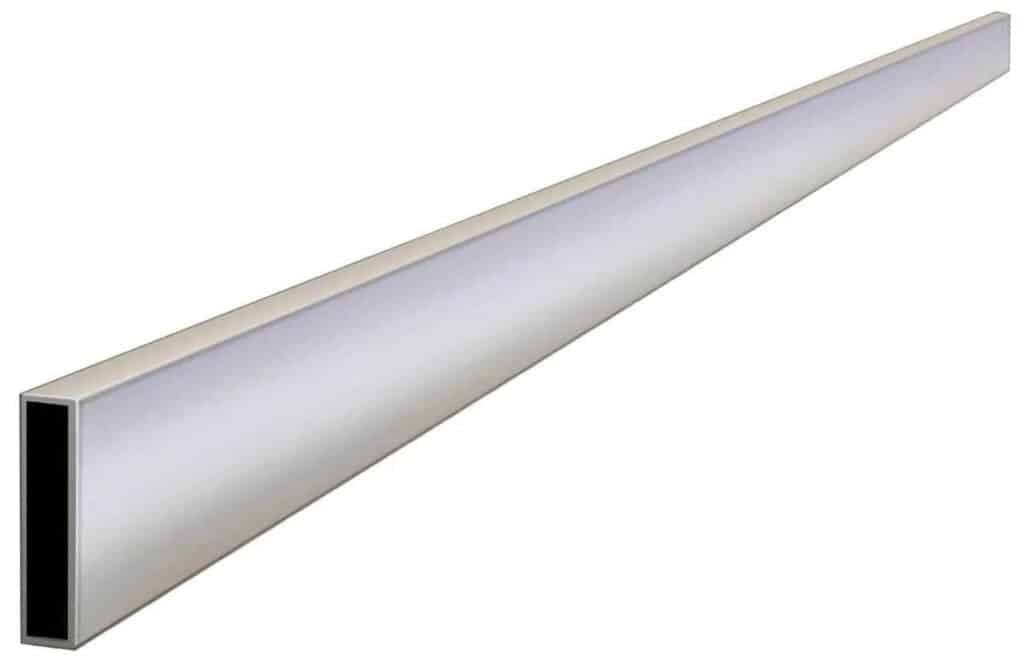
A straight edge is utilized to even off rendered floors and can cover a large area in a brief time frame. They are typically utilized to measure distances, removes, a plasterer’s straight edge is moreover utilized to help with ensuring surfaces are smooth. A plasterers straight edge is commonly made utilizing aluminum and is an extraordinary tool to use in the last strides of plastering to ensure an entirely smooth completion.
7. Spirit Level: ( Plasterers Equipment )
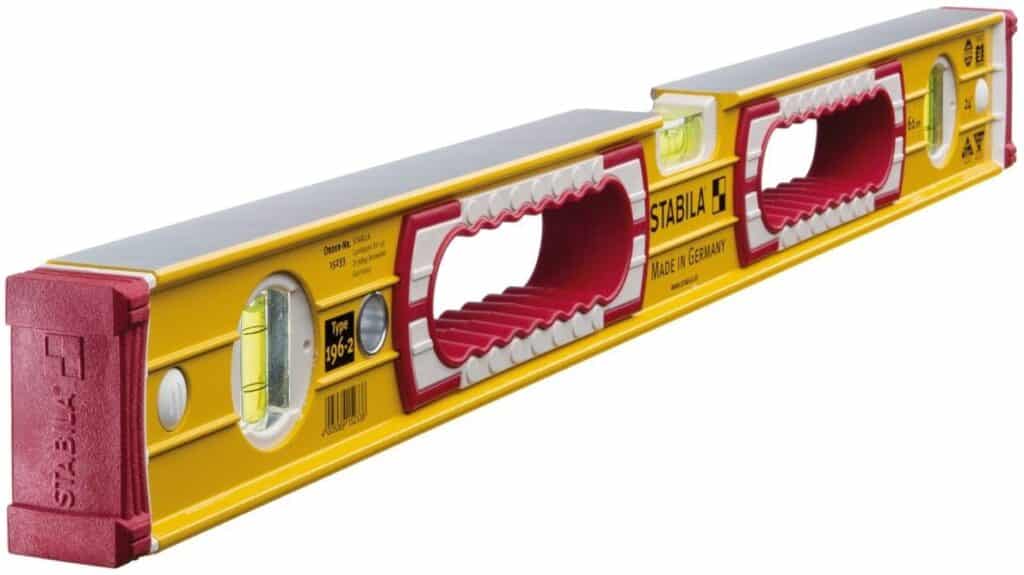
A spirit level is significant if you have any desire to have flat surfaces and even finishes. The reputation of plasterer’s quality and nature of work is crucial for extending your client base and repeat work. Spirit levels permit you to ensure that you get perfectly even plaster completion without fail.
8. Bucket: ( Plasterers Equipment )
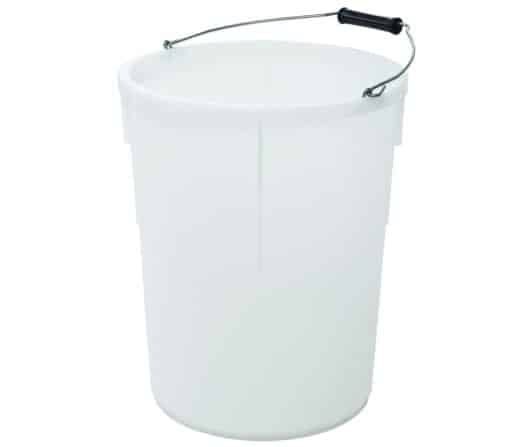
A bucket has different uses and applications. You’ll need basically a 10-liter bucket relying on your requirements yet this size would be suitable or reasonable for most broadly useful positions. Ensure your bucket is clean and dry prior to mixing it to ensure that your plaster mix is smooth and ready for application.
9. Tin Snips: ( Plasterers Equipment )
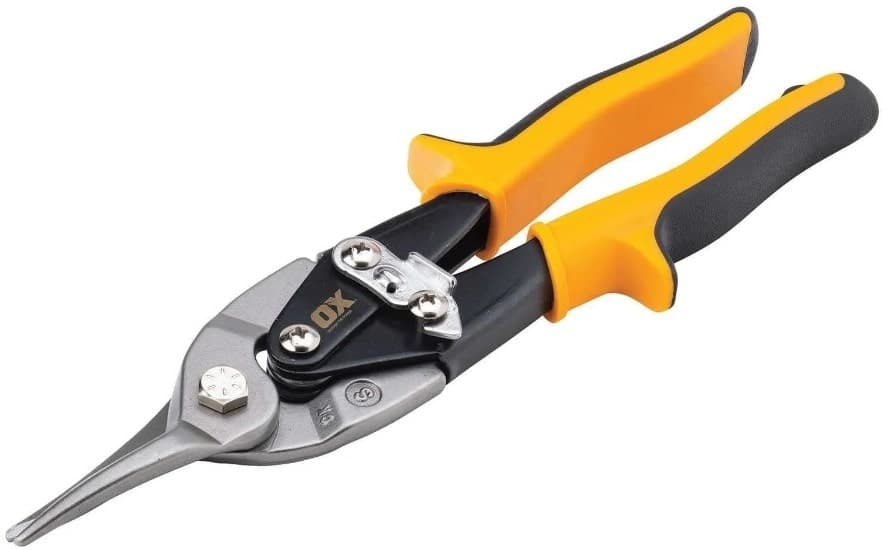
Tin snips are a sort of shears utilized for cutting sheet metal. Their long handles give higher leverage and influence as well as certain models have a compound-activity handle which builds the mechanical advantage. A plasterer will need a good set of these for trimming up beading.
10. Scraper: ( Plasterers Equipment )
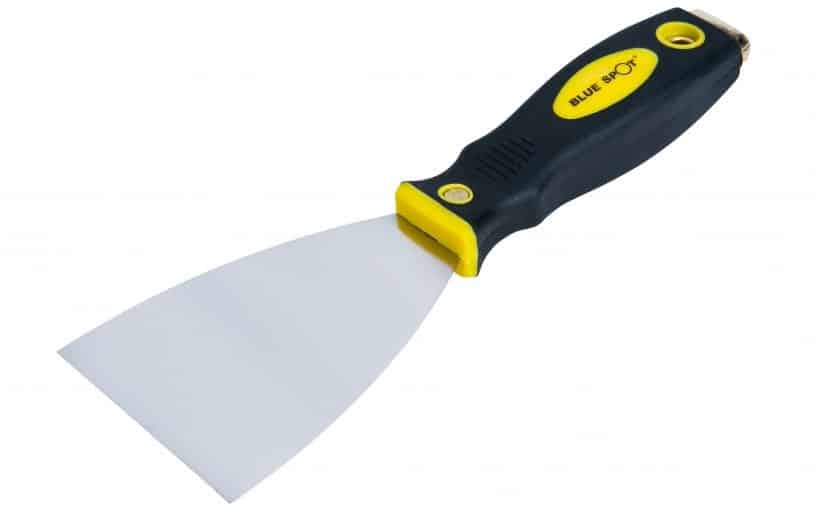
It isn’t generally viable to whip out the power tools, so having the choice for manual driving is an incredible resource. A bunch of great screwdrivers will provide you with long periods of service. Most cheap screwdrivers will quite often be made using softer metals and the points will strip out after only a couple of uses. At the point when you really want to try something open, you can utilize your pry bar, not your screwdrivers!
11. Brushes: ( Plasterers Equipment )

Having a fair arrangement of brushes in your arsenal never hurt anybody, and you will require them for keeping your freshly plastered walls damp. You need to keep them perfect and free from rust, any other way, you might end up with dirty walls.
12. Artex Texture Brush: ( Plasterers Equipment )
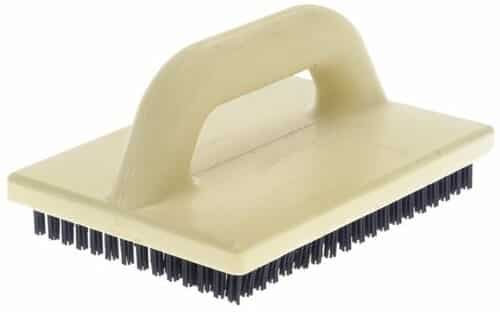
A texturing brush is basically used to add texture to a coated roof, giving an alter. A native finish to the typical smooth walls. Artex completion is a famous offering for a one-of-a-kind completion to a room.
13. Plaster Float: ( Plasterers Equipment )

The plastering float is another vital tool that each plasterer needs to claim. These will be used on each job in the application and completing stages to ensure the flattest completion conceivable. Plaster floats can be utilized on two walls or roofs and are a plasterer’s closest companion when smoothing surfaces.
14. Jointing Knife / Taping Knife: ( Plasterers Equipment )
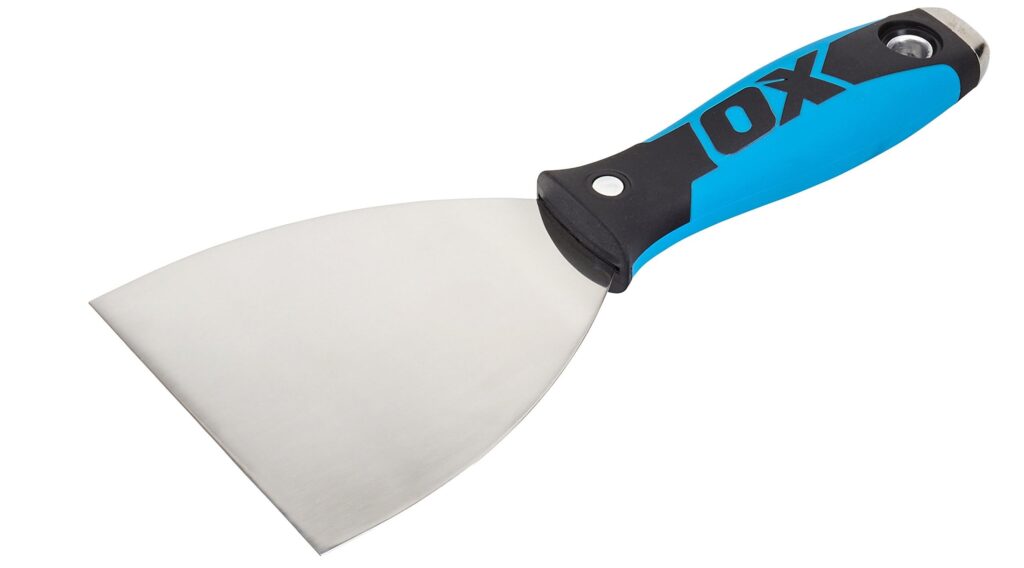
For the laying of drywall tape jointing blades are designed. They help to seal the joints among boards and provide consistent completion. All plasterers need a few of these within there reach, preferably an large taping knife and a more modest jointing knife for those restricted spaces.
15. Sponge: ( Plasterers Equipment )

It’s generally valuable to have a sponge wipe with the goal that you can clean down your tools and mortar stand after a messy day’s worth of effort. Keeping up with your tools and keeping their surfaces clean ensures that no bits are left finished, keeping them from mixing with the plaster the next time you use them.
16. Cordless Combi Drill: ( Plasterers Equipment )

All experts need a decent quality cordless combi drill ready for good measure. A couple of plasterers could need to remove or eliminate fittings as well as fixtures before they start the process of plastering or to get excessively difficult to arrive at places. A Cordless combi drill is a handy power tool that can drill as well as drive. Additionally, as it is cordless the battery is battery-powered and can be utilized in any place you like.
17. Mortar Stand: ( Plasterers Equipment )
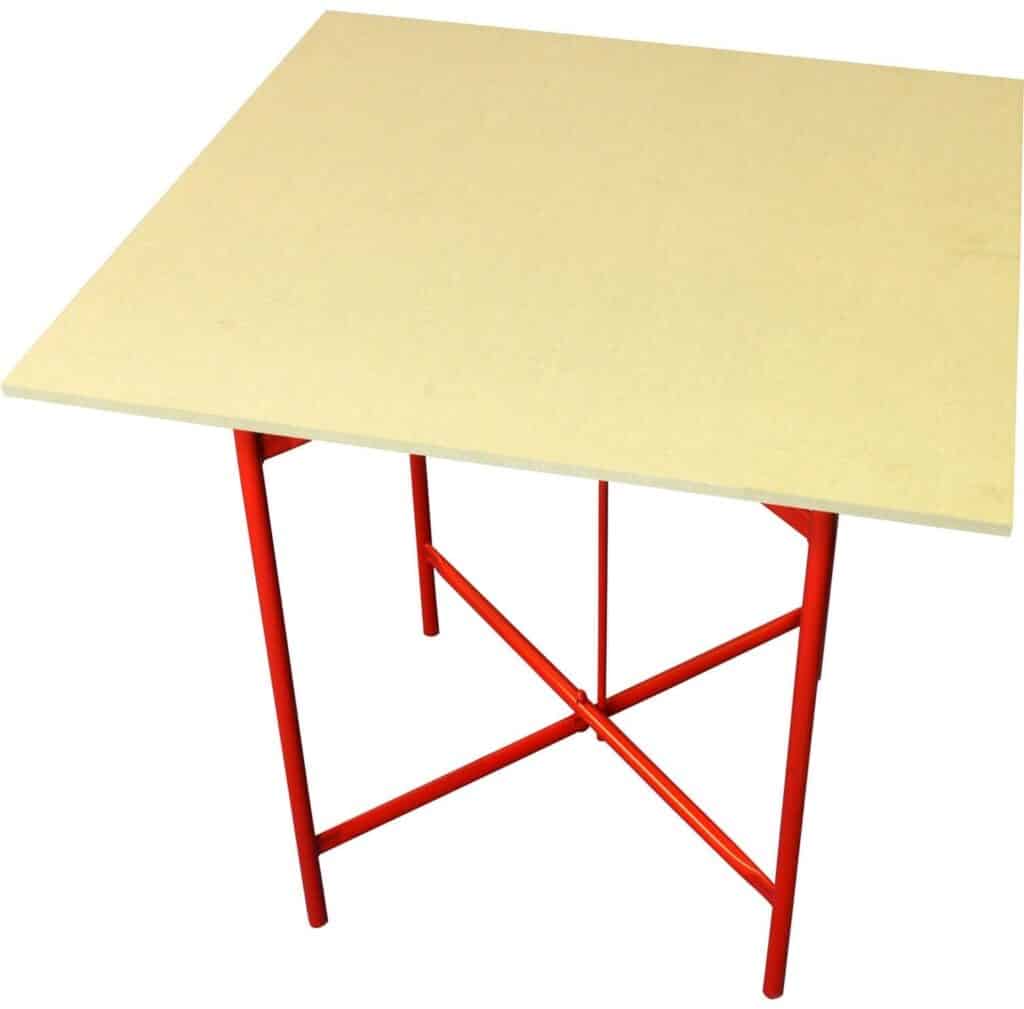
A mortar stand is a simple and basic foldable table on which plaster material or grout can be stored for simple or straightforward passage while plastering. Mortar stands save plasterers from persistently bending down when mixing and fetching plaster to a handy surface to place tools. An expert plasterer ought to invest in a decent quality mortar stand that will last for a long time.
18. Dust Sheet: ( Plasterers Equipment )
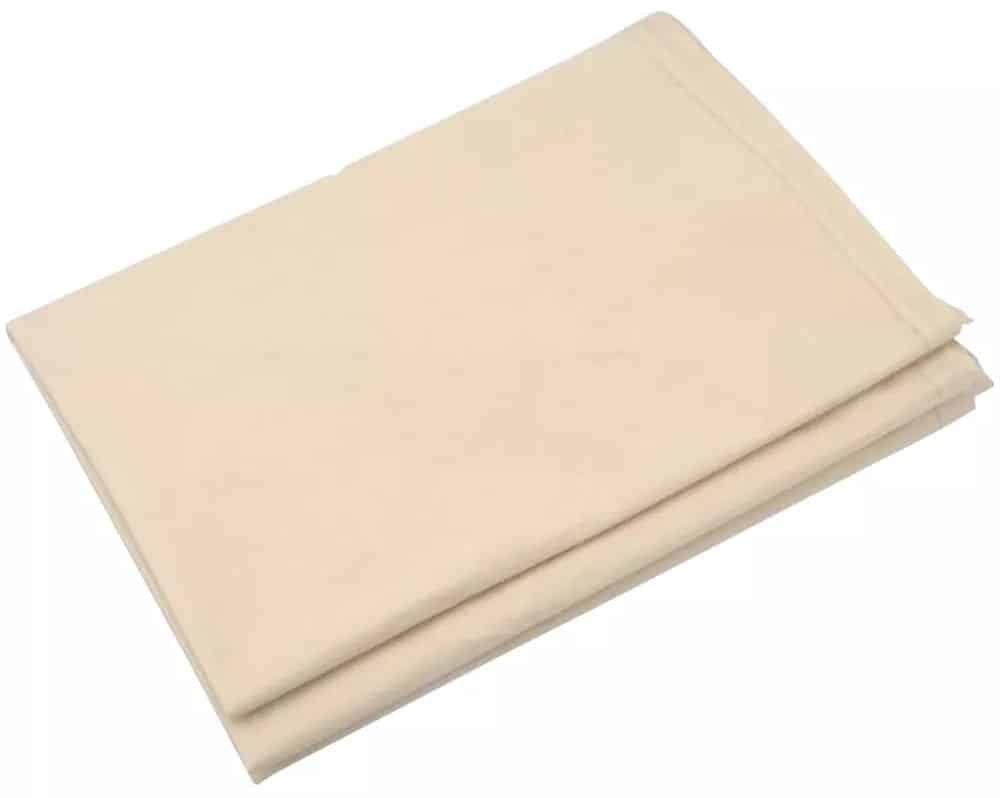
A dust sheet is significant for keeping a perfect and clean working space. You can show your customers how steady you are by not covering their treasured possessions in plaster.
19. Drywall Saw: ( Plasterers Equipment )

A drywall saws rough blade can cut or slice through plasterboard easily and its razor-sharp point is great for puncturing drywall, giving you fast access or admittance to wall cavities. There are likewise electric variants that assist with reducing the workload while preparing a wall for plastering.
20. Hack Saw: ( Plasterers Equipment )
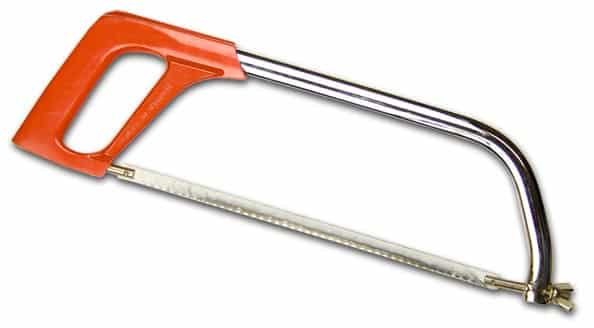
All plasterers ought to have a hacksaw simply because they are so useful. They can cut or slice through drywall, plastic, wood, metal, and considerably more.
21. Claw Hammer: ( Plasterers Equipment )

A standard piece of equipment for any worker is a claw hammer. The blunt end and claw end are for driving as well as prying simultaneously. A decent quality one will last you a lifetime.
22. Retractable Trimming Knife: ( Plasterers Equipment )

This pocket-sized perforator can cut or slice through the string, wire, and even plasterboard. Its retractable blades are unassuming and can be replaced or supplanted without any problem. A priority tool for all experts to have close to hand to be prepared for whatever you could confront.
23. Scarifier: ( Plasterers Equipment )
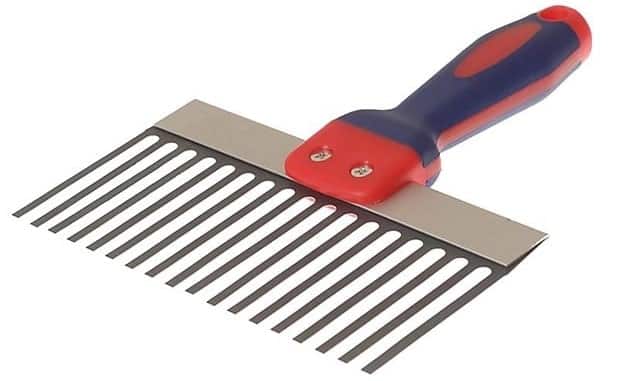
A scarifier is a significant tool for a plasterer since it permits them to prepare the second coat on a rendered wall or roof by scratching or combining lines into the render, this will make a stronger bond when the following layer is applied.
24. Mixing Paddle: ( Plasterers Equipment )
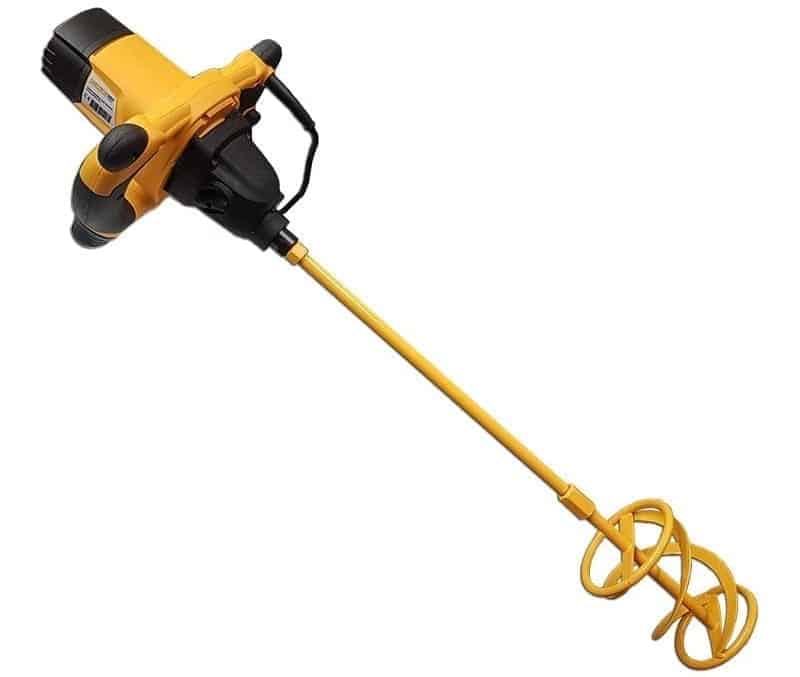
A mixing paddle is utilized in combination with your mixer or blender drill for mixing up plaster to your ideal consistency. Plasterers should keep their mixing or blending paddle clean between uses to ensure that their plaster blend is basically as smooth as could really be expected.
25. Step Ladder: ( Plasterers Equipment )
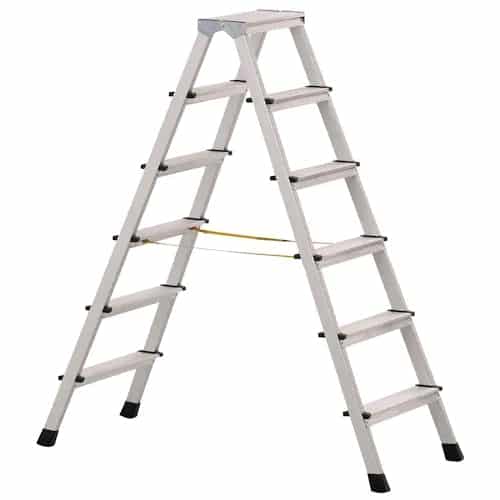
A step ladder is completely helpful in almost any circumstance and in the event that you buy a decent quality one they can be both lightweight and durable. Plasterers need to arrive at high walls as well as roofs so a decent-quality step ladder is basic. The most valuable size is 1.5 meters (5 feet) since it will furnish you with the reach you want for ceiling work without being excessively cumbersome. It very well may be effortlessly folded up and stored away.
26. Plasterer’s Hop Up: ( Plasterers Equipment )

A plasterer’s hop-up is a simple and straightforward foldable step that gives you additional reach when you really want it most. This is a valuable tool that might save you setting up scaffolding or wearing stilts.
Conclusion
Try not to be confounded by every one of the various pieces of kit you really want assuming you’re getting into plastering for the first time. On the off chance that you’re serious about plastering, you really want to put resources into decent plastering tools. But having a decent collection of tools for plastering is very essential. They make your life easy, with such a great deal , particularly the devices you choose for plastering. When it comes to an expert trade expertise like plastering, no mystery that having the right tools can improve things significantly. Besides the fact that the best plastering tools save time at work, they likewise convey a superior outcome and can provide your undertaking with that added touch of quality.


